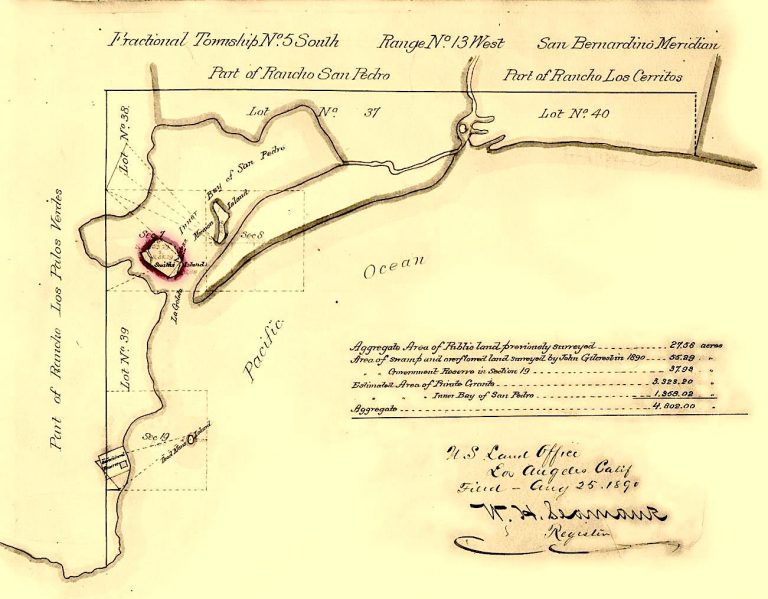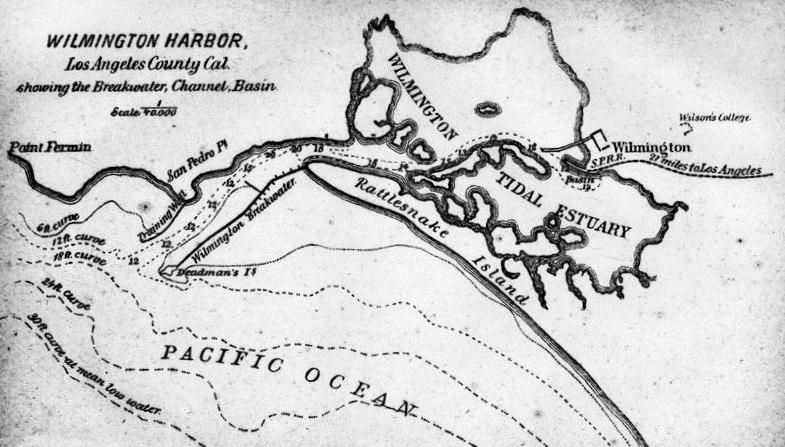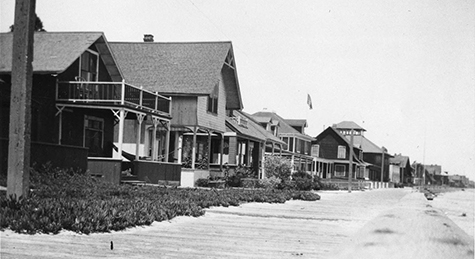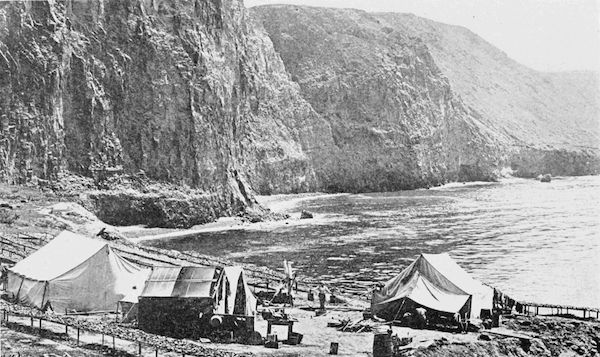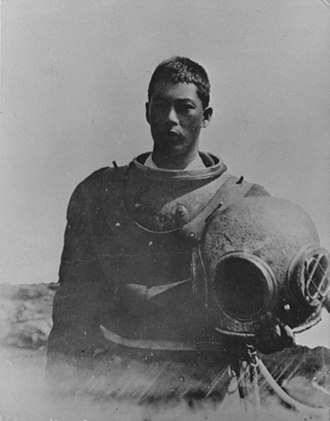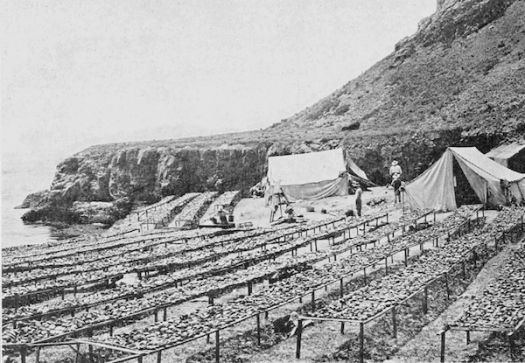GENESIS (Return to T.I.)
(An Overview)
The stories of how
The names
Smith's & Mormon Islands |
1880 Wilmington Harbor |
Brighton Beach |
After reading articles on the beginning of
San Pedro and how East San Pedro resulted from exciting political maneuvering,
I have surmised the following as the early beginning:
*Terminal Island was a mudflat/sandbar named: Isla Raza de Buena Gente and then called Rattlesnake Island until being renamed 'Terminal Island' in 1891.
The new track ran on the eastern side of the
Although it wasn’t on the island, Southern
Pacific Railroad was to have influence. In 1893, the future of San Pedro −
and
Although out-maneuvered politically and
financially by
It was in 1900 that Japanese fishermen
started the abalone industry at White Point (12 fishermen, according to Mr.
Kanichi Kawasaki; 15 according to Mr. Kosuke Takeuchi).
Japanese Abalone Camp |
1905 Kobei Tatsumi |
Abalone Drying Frames |
Three years later, the Japanese fishermen
were leaving the abalone industry and concentrating on fish. Abalone is a
gourmet’s delight and very expensive, but the industry was ahead of its time.
There also were political pressures. *In 1905, the State of California state passed legislation prohibiting Japanese Americans from continuing the abalone enterprise. Instead, the fishermen caught mackerel with braile net and hand-lined for albacore.
About this time, Southern California Fish
Cannery was selling canned fish in local grocery stores, and the company’s Mr.
Halfhill was looking for new products. Foreman Wilbur T. Wood began
experimenting with albacore, and noticed it turned white when cooked. The new
product was named “Chicken of the Sea” by Mr. Halfhill. That was the real
beginning of the fishing industry and canneries and the start of
By 1908, the San Pedro channel was widened
to about 500 feet, however, the entrance of the bay was too shallow at the east
end of Deadman’s Island. Bigger boats still couldn’t get through, and there was
no fishing in the channel.
Deadman’s
The federal government took over Deadman’s
(Deadman’s Island was where we trapped rock
crabs by the dozens, brought them home in a gunny sack, and cooked them in a
huge tub with an open fire. Then we called the entire neighborhood for a
feast.)
In 1903,
The Los Angeles City Council created Los
Angeles Harbor Commission and Port Los Angeles (now
There weren’t many Japanese on the island at
this early stage. Here is a list of the people living in the area until about
1911, according to Mr. Takeuchi’s and Mr. Kawasaki’s books:
1899: These three worked in
1900: These men were the abalone divers off
of White Point, San Pedro: Kojiro Hatashita, Kobei Tatsumi, Jinshiro Tani,
Yotaro Hatashita, Buntaro Uragami, Sankichi Hatashita, Yoshimatsu Koji,
Yoshimatsu Hanamura, Kichirobei Ryono, Takeshiro Higashi, Ukichi Kobata, Seko.
Mr. Kawasaki mentions 12 Japanese fishermen and Mr. Takeuchi adds three more
names. I am sorry I could not locate the additional names. However, these
people started the fishing industry in
1905: The married couples were Mr. and Mrs.
Katsuichi Hayashi, Mr. and Mrs. Harumatsu Hatashita, Mr. and Mrs. Kyotaro Shiroyama,
Mr. and Mrs. Kikujiro Iida. These couples and bachelors were the early
occupants of the houses on stilts.

A row of houses along the breakwater. They were built
on wooden stilts where the Japanese
fishing colony started before the construction of
Growth came quickly. By 1907, there were
about 150 Japanese fishermen in East San Pedro. The largest group came from the
southern-most point of Wakayama-ken. They lived on the coastline, and the
majority of them were fishermen. The next largest group were the hardy
fishermen from Shizuoka-ken. Several other prefectures were represented, but
with fewer people. The numbers grew as the first contingents would write home
and urge brothers, relatives, and friends to come to
The year 1910 ushered in the construction of
the first fish cannery in
Yoshitaro Tani, Dentaro Tani, Torao
Takahashi, Hikotaro Sarae, and Kaneshima had the foresight to start the San
Pedro fish cannery. The name Nihon-jin Cannery was always mentioned among the
Japanese and it soon became the Linde Fish Cannery. (I believe George and
Toshiaki Yamasaki’s father’s boat, “Linde,” was named after the cannery.) At
this time, White Star Cannery, Van Camp Seafood, and others were in operation.
There must have been a Chinese cannery at
about this time because Mr. Joe Mardesich’s Franco-Italian Cannery, which came
later, was referred to as “
World War I did not seem to affect

Our Japanese fishing village. Note the Naga-ya, a
long building
containing four to eight units. (Courtesy of Mr.
Takeuchi) *another aerial photo
The years 1920 to 1922 saw the beginning of
the final construction of
With the beginning of fishing prosperity
came the influx of fishermen from
The beginning of
